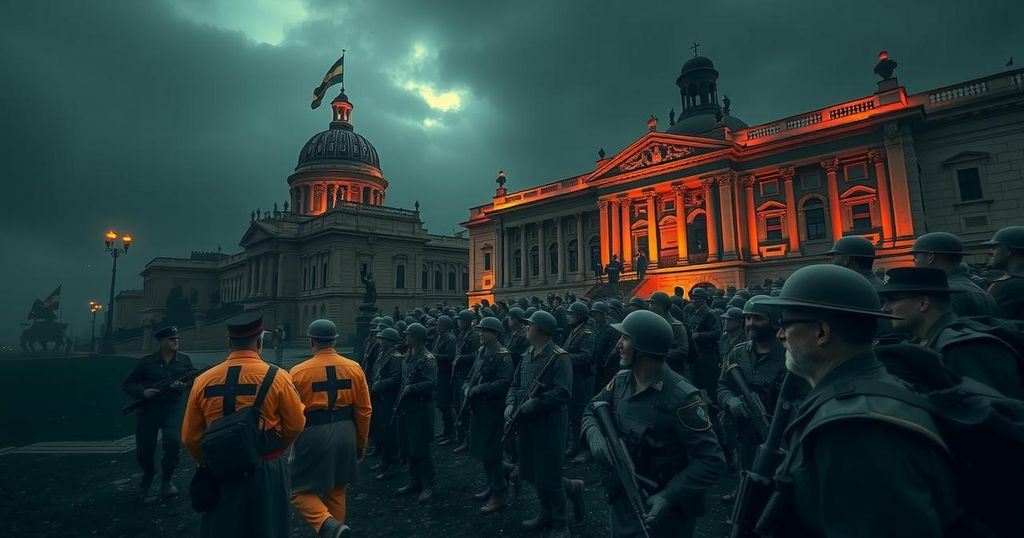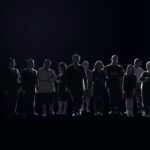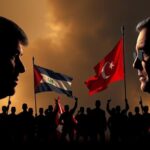Argentina: Military Rule, Dictatorship, and Repression
The article examines the key events leading to Argentina’s military rule, highlighting the political tensions within Peronism, the establishment of a repressive military junta, and the socio-economic impacts stemming from the “Dirty War.” It focuses on the roles of prominent figures and civil society’s response to human rights violations during this era, culminating in a reflection on the lasting effects on Argentine society.
Throughout the tumultuous period of military rule in Argentina, several key events shaped the political landscape. In 1969, economist Adalbert Krieger Vasena faced widespread protests due to his economic policies, ultimately leading to his dismissal amidst unrest known as the Cordobazo. Following a series of governmental changes and economic instability, Juan Domingo Perón returned to power in 1973, only to witness escalating violence between factions within the Peronist movement. After Perón’s death in 1974, his widow, Isabel Perón, inherited a turbulent situation, leading to her overthrow by the military in 1976. Under Lieutenant General Jorge Rafaél Videla, the military junta enacted the infamous “Dirty War,” wherein thousands were allegedly disappeared and brutally repressed under the guise of combating subversion. Despite initial public support, dissent grew, most notably from groups like the Mothers of the Plaza de Mayo, who highlighted the human rights violations occurring under the regime. The military dictatorship’s economic policies led to increased inflation and debt, culminating in significant social and economic strife that persisted throughout this dark chapter in Argentine history.
The article discusses Argentina’s political climate during the 20th century, particularly focusing on the era of military dictatorship beginning in the mid-1970s. The backdrop of this eventful timeline includes economic challenges, political factionalism within Peronism, and the authoritarian responses to civil unrest. Key figures, such as Adalbert Krieger Vasena, Juan Domingo Perón, and Jorge Rafaél Videla, are highlighted to articulate their roles in the unfolding of events leading to the military coup and subsequent oppressive regime. The narrative further explores the social ramifications of the military’s control and the response of civil society, particularly the Mothers of the Plaza de Mayo, who became emblematic of the struggle for human rights and justice amidst state terror.
In summary, the period of military rule in Argentina was marked by significant political upheaval, characterized by the struggle between Peronist factions and violent repression under military governance. The events leading to and following the coup of 1976 revealed deep-seated societal divisions and raised critical concerns regarding human rights abuses. As the nation grappled with economic turmoil, the legacy of these efforts continues to resonate in contemporary Argentine society, reminding citizens of the consequences of authoritarianism and the importance of civil liberties.
Original Source: www.britannica.com








Post Comment